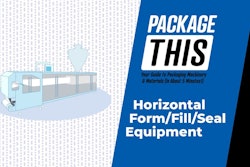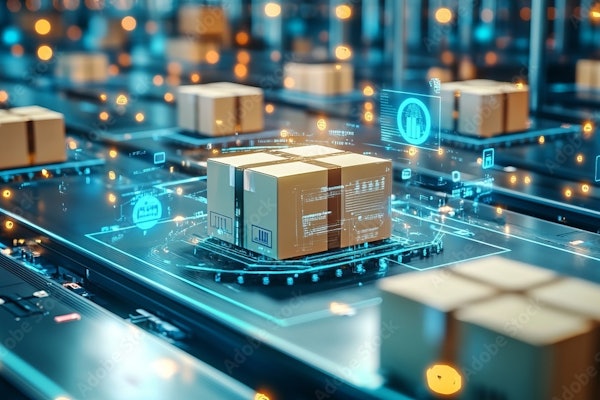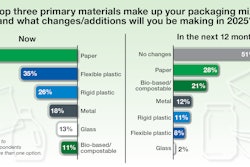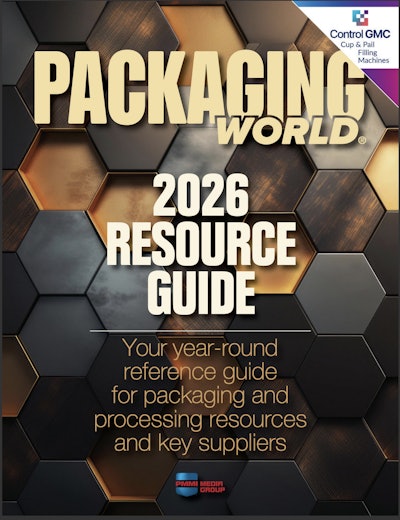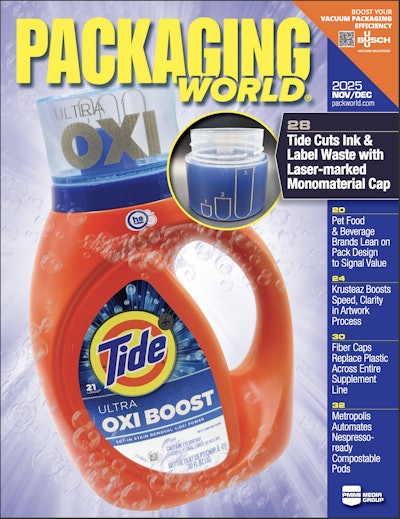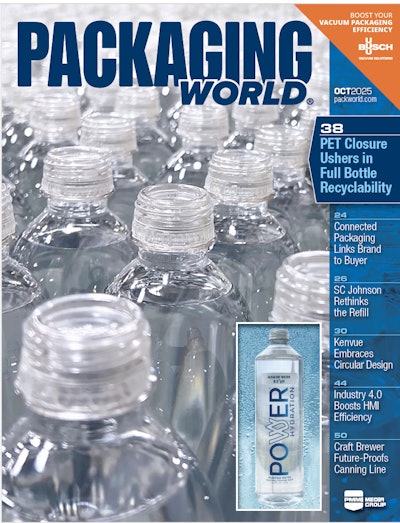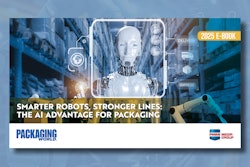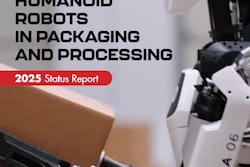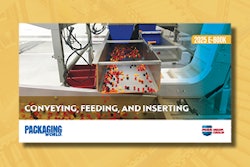Today, the marketplace abounds with claims using words like "sustainable", "recycled", "recyclable", "renewable", "reusable", and a host of other terms that imply environmental "goodness". The benefit of LCI is that a product's full supply chain, from cradle through end of life management, can be evaluated on a quantified, scientific basis.
In order to achieve true environmental improvements, it is first necessary to develop an understanding of where the greatest resource and environmental consequences occur. Then efforts can be targeted on those areas where there is maximum potential for improving efficiency in use of material and energy resources and minimizing solid waste, greenhouse gases, and other emissions to air and water.
Sometimes there is a real "Aha!" from an LCI. For example, a few years ago "home remedy" cleaning recipes prepared from household ingredients like lemon juice and baking soda were being touted as the environmentally preferable alternative to commercial cleaning products such as P&G's Mr. Clean. An LCI produced surprising results: The most significant environmental factor was the energy required to produce the hot water used to properly dilute the cleaning solution—regardless of whether the cleaner was a commercial product or a home remedy! Based on this finding, P&G began efforts to develop cleaning product formulations that were effective when prepared with cold water.
LCI can help you identify the best places to target your efforts to minimize your products' environmental footprints. Use it to identify true environmental opportunities and benefits!
The U.S. LCI Database, www.nrel.gov/lci, is an important resource that has been developed to provide publicly available, fully documented LCI data sets that follow a uniform protocol and that can be used to construct LCIs for a variety of packaging and products. Currently, the U.S. LCI Database contains process data sets for materials, fuels, and energy sources that are commonly used in many packaging systems. Cradle-to-resin data will be available for nine common plastic resins and two polyurethane precursor materials in the coming months.
For more information on the importance of Life Cycle Inventories to sustainable packaging, please write to Bill Franklin at [email protected].








